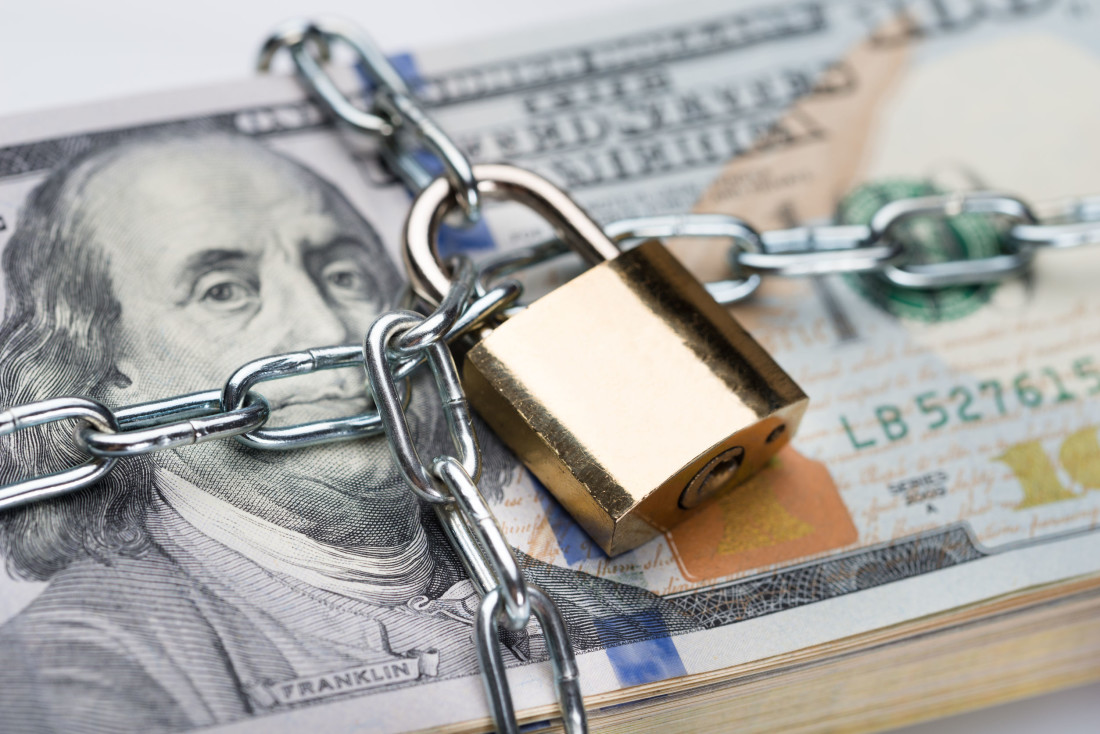Overview

Updated April 7, 2020
The CARES Act expands eligibility for small business loans made under section 7(a) of the Small Business Act by enacting a new Paycheck Protection Program (the “Program”). Program loans will be 100% guaranteed by the Federal government. The Program is in effect for the period of February 15, 2020 through June 30, 2020. Businesses and sole proprietors may apply now. Independent contractors and self-employed individuals may apply beginning on April 10, 2020.
- Small Business Eligibility. Expansion of eligible borrowers to include any business, including 501(c)(3) nonprofits, that employs not more than 500 employees (or the industry size standard in number of employees set by the SBA). Sole proprietors, independent contractors, and certain self-employed individuals are also eligible. For businesses assigned NAICS Code 72 (accommodations and food service), the 500 employee limit applies to each physical location. Employees include individuals employed on a full-time, part-time, or other basis. Businesses otherwise eligible may be excluded under SBA rules or if a disqualifying event applies.
- Affiliate Rules. For businesses assigned NAICS Code 72 (accommodations and food service), assigned a franchise identifier code by the SBA, or receiving financial assistance from a licensed small business investment company, certain affiliation rules of the SBA are waived. Otherwise, the SBA’s affiliate rules apply and the number of employees of affiliates must be aggregated with the borrower.
- Loan Amounts. Maximum loan amount generally based upon average monthly payroll costs multiplied by 2.5 (plus the amount of certain pre-existing disaster loans) or $10,000,000, whichever is less.
- Loan Authority and Considerations. Current section 7(a) lenders have delegated authority to make and approve loans. Lenders are required to consider whether the borrower was in operation on February 15, 2020 and either had employees for whom salaries and payroll taxes were paid or paid independent contractors. Lenders will also confirm certain information submitted by borrowers.
- Borrower Certifications. Applicants are required to make good faith certifications, which include that the loan is necessary due to the uncertainty of current economic conditions, the funds will be used to retain workers and maintain payroll or make permissible mortgage, lease, and utility payments, and the borrower has not and will not receive another loan under the Program.
- Relation to Other Loans. Applicants who have received an economic injury disaster loan during the period of January 31, 2020 through April 3, 2020 and for a purpose other than paying permissible obligations under the Program, may receive assistance under the Program and have the option to refinance the economic injury disaster loan into a loan under the Program.
- Use of Proceeds. Loan proceeds may be used for payroll costs, group health care benefits, salaries and commissions, interest on mortgage loans, rent, utilities, and interest on other debt obligations incurred before February 15, 2020.
- Other Notable Provisions.
- Waiver of (i) certain SBA fees; (ii) the requirement that the borrower shows it is unable to obtain credit elsewhere; and (iii) personal guarantee and collateral requirements.
- Interest rate of 1%
- Payment deferral for 6 months, but interest will accrue during deferment period.
- Term of 2 years.
- Borrowers may make loan payments without pre-payment penalty.
Loan Forgiveness
Loan forgiveness is available for loans made pursuant to the Program.
- Amount of Loan Forgiveness. Borrowers are eligible for loan forgiveness equal to the amount incurred and paid during the 8-week period beginning on the origination date for payroll costs, payments of interest on certain mortgage obligations, payment on certain rent obligations, and certain utility payments. Not more than 25% of loan forgiveness amount may be attributable to non-payroll costs.
- Excluded Payroll Costs. Eligible payroll costs do not include compensation in excess of an annual salary of $100,000 as prorated for the covered period. Other exclusions also apply.
- Reductions to Amount of Loan Forgiveness. The amount by which a loan is forgiven will be reduced in the event of certain reductions in the number of employees and/or reductions in total salary or wages of certain employees. Borrowers have the ability to avoid this penalty by curing the reductions by June 30, 2020.
- Documentation. Borrowers must maintain, and submit to their lender, certain documentation to receive loan forgiveness.
- Tax Implications. Amounts forgiven are excluded from gross income for federal income tax purposes.
Grants for Emergency Economic Injury Disaster Loans
The CARES Act expands eligibility for economic injury disaster loans made under section 7(b)(2) of the Small Business Act.
- Small Business Eligibility. Expansion of eligibility for economic injury disaster loans to include any business that employs not more than 500 employees, sole proprietors, and independent contractors for the period of January 31, 2020 through December 31, 2020.
- Waiver of Certain Requirements. During the covered period, for a loan made in response to COVID-19, the SBA will waive any personal guarantee on advances and loans not more than $200,000, the requirement that an applicant needs to have been in business for the 1-year period before the disaster, and the credit elsewhere requirement.
- Advances. Applicants who apply for an economic injury disaster loan in response to COVID-19 may request an advance up to $10,000 from the SBA. The advance must be distributed within 3 days. Applicants are not required to repay advances, even if subsequently denied a loan.
- Use of Advances. In addition to other allowable purposes, advances may be used for providing paid sick leave to employees due to COVID-19, maintaining payroll, meeting increased costs to obtain materials, making rent or mortgage payments, and repaying obligations that cannot be met due to revenue losses.
Bankruptcy
Amends the Small Business Reorganization Act (SBRA).
- Subchapter V. Increases the threshold for eligibility for this relief (subchapter V of Chapter 11 of the US Bankruptcy Code) from $2,725,625 to $7.5MM, but returns to the original level in one year.
- Income. Under Chapters 7 and 13, coronavirus payments from the government are not considered “income” for debtors. Expires after one year.
- Chapter 13 payments. Chapter 13 payment plans can be modified if debtor is enduring a coronavirus hardship, and payments can be extended so that they are made for up to 7 years (currently 5 year limit) from the date of the initial payment.
